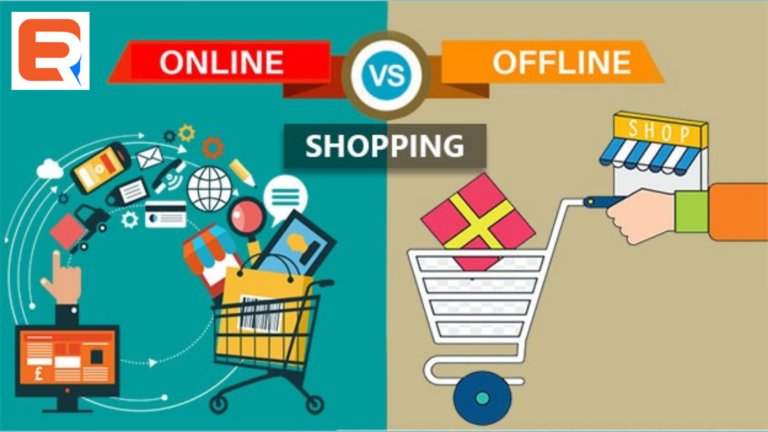With the advent of technology and the rise of e-commerce, shopping experiences have evolved significantly. Today, consumers have the option to either shop online from the comfort of their homes or visit physical stores to make their purchases. In this article, we will compare online shopping and in-store shopping across various aspects, such as convenience, selection, price, and customer experience, to help you determine which method best suits your needs.
Convenience:

One of the primary advantages of online shopping is convenience. With just a few clicks, shoppers can browse through a vast selection of products and make purchases from anywhere, at any time. Online shopping eliminates the need to travel to physical stores, navigate through crowded aisles, and wait in long checkout lines. It offers the convenience of shopping at one’s own pace, without time constraints.
On the other hand, in-store shopping allows customers to physically interact with products before making a purchase. It provides an immediate sense of gratification and eliminates the wait for shipping. In-store shopping can be beneficial for individuals who prefer a tactile experience or need assistance from knowledgeable sales staff.
Selection:
Online shopping offers an unparalleled variety of products. E-commerce platforms provide access to a vast array of brands, styles, sizes, and colours, making it easier to find specific items. Online retailers can display extensive catalogues without the constraints of physical store space, giving customers access to a virtually unlimited selection.
In-store shopping, however, allows customers to physically examine products and assess their quality. It provides an opportunity to try on clothing, test electronics, or inspect the freshness of perishable goods. In-store shopping may be preferred for customers who value hands-on experiences or want to avoid the uncertainty of online product descriptions.
Price:

Price is an essential factor for most shoppers. Online shopping often offers competitive prices due to lower overhead costs for e-commerce businesses. Online retailers can pass on savings to customers by eliminating expenses associated with maintaining physical storefronts. Additionally, online shoppers can easily compare prices across different platforms, enabling them to find the best deals.
In-store shopping may have higher prices due to factors like rent, utilities, and staff wages. However, physical stores may offer occasional sales, promotions, or exclusive in-store discounts that are not available online. Price-conscious consumers might find it beneficial to visit physical stores during sales events or negotiate prices with sales staff.
Customer Experience:
The customer experience differs significantly between online shopping and in-store shopping. Online shopping provides a seamless and personalized experience, with features like product recommendations, customer reviews, and easy access to customer support. Online retailers often offer hassle-free return policies, allowing customers to return products without leaving their homes.
In-store shopping offers immediate gratification and human interaction. It allows customers to receive instant assistance, seek product recommendations from the sales staff, and experience the ambience of a physical store. Additionally, in-store shopping enables customers to physically inspect and test products, reducing the risk of purchasing something that does not meet their expectations.
Social Aspect:
In-store shopping offers a social experience that online shopping cannot replicate. It provides an opportunity to meet friends or family, browse together, and seek opinions from companions. Physical stores often organize events, demonstrations, or interactive experiences, fostering a sense of community and connection.
Online shopping, while lacking in-person social interaction, offers a different form of social experience. Online shoppers can participate in virtual communities, read and contribute to product reviews, and share shopping experiences on social media platforms. E-commerce sites also provide the option for customers to connect with others who have similar shopping preferences or interests.
Conclusion:
In conclusion, both online shopping and in-store shopping offer unique advantages and considerations for consumers. Online shopping provides convenience, accessibility, a wide product variety, and competitive pricing. It allows for 24/7 shopping from the comfort of one’s home, with access to a vast range of products and the ability to compare prices and read reviews. Online shopping also offers personalized experiences, easy returns, and the ability to find discounts and exclusive deals.




